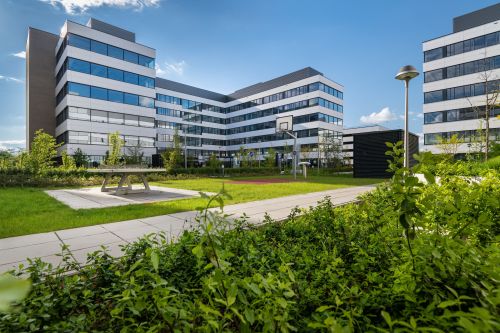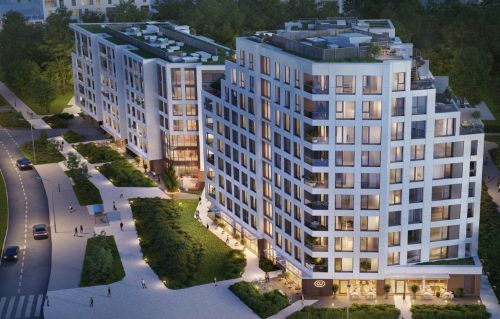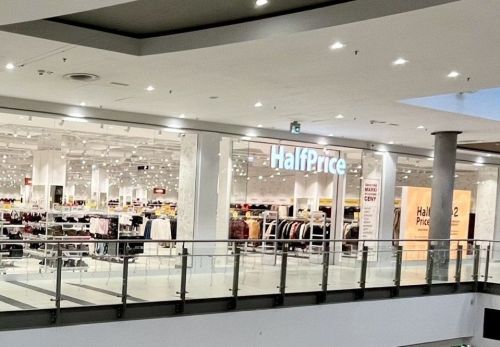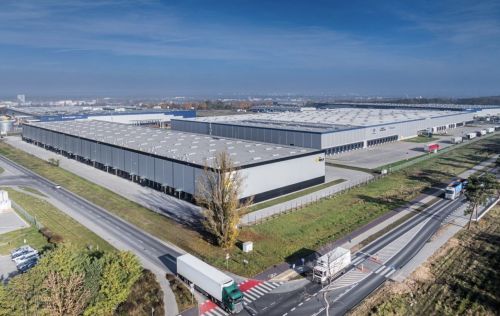High ceilings, huge swing windows, lots of fresh air and fine architecture. Not a description of an apartment, but of offices in old post-industrial buildings, which make business that much more attractiveA few years ago residential lofts started to take off in Poland, although it took some time to get investors interested. Some developers kept on eye on the competition and, in secret, drafted their own projects, just in case their rivals were successful. But they were. So has the day come for post-industrial buildings converted into offices? They have not yet won universal acclaim, but on the Warsaw market are being snapped up like hot cakes. Dorota Leszczyńska of the Maxon Nieruchomości real estate agency describes what happened: “The first moves were made around 10 years ago, with the pioneering project being the Burakowska complex in Warsaw. It took several years to revitalize and no one was yet using the term ‘loft’, but instead referred to them as post-industr
























































